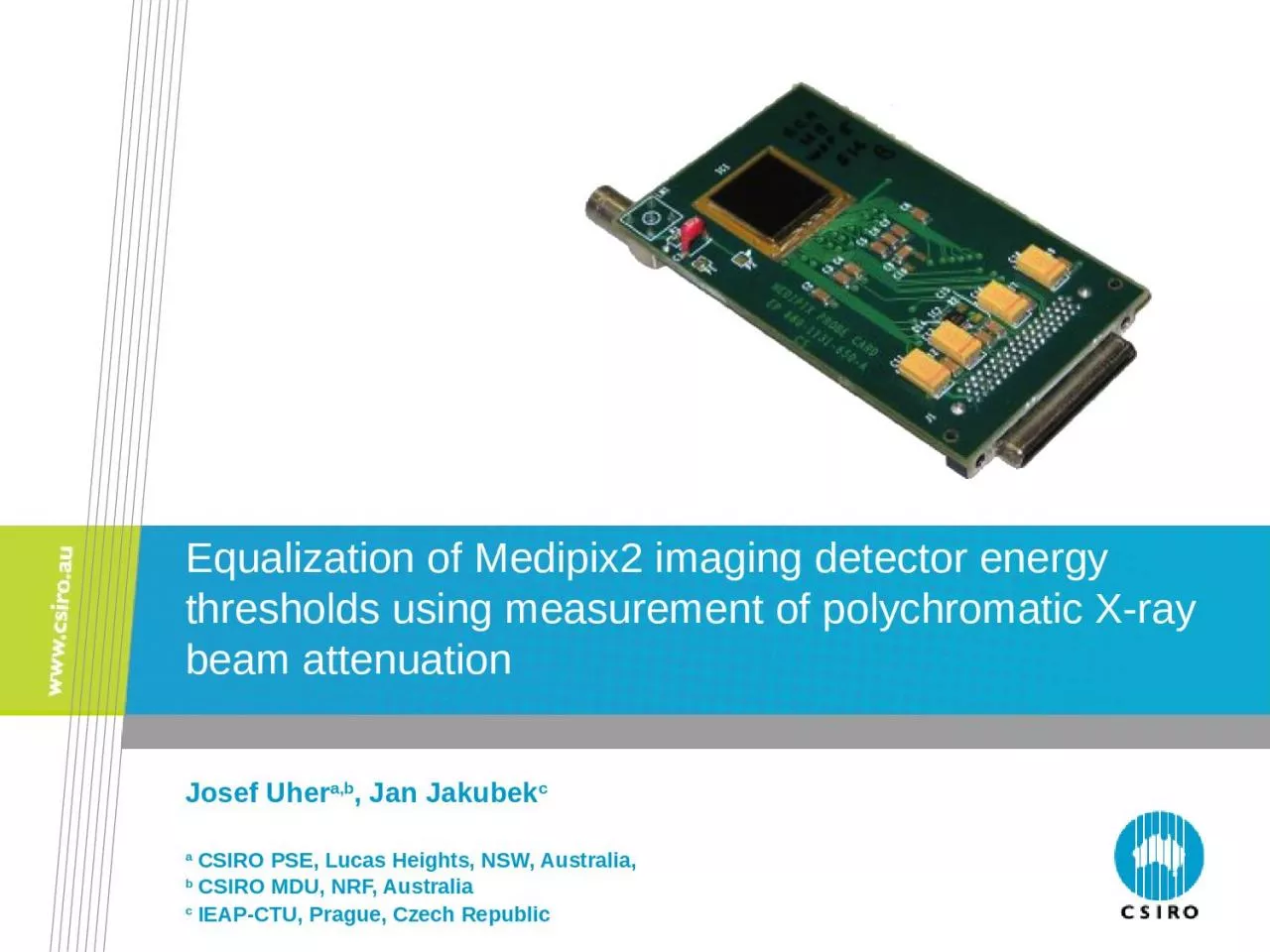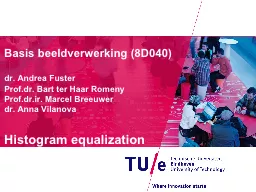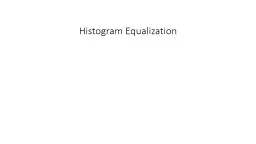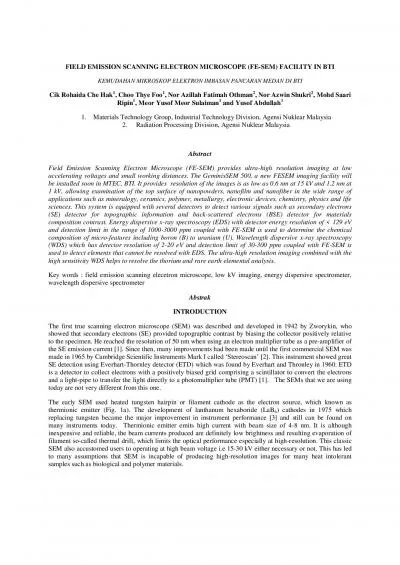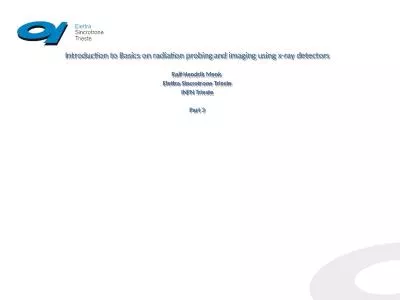PPT-Equalization of Medipix2 imaging detector energy thresholds using measurement of polychromatic
Author : elysha | Published Date : 2023-11-08
Josef Uher ab Jan Jakubek c a CSIRO PSE Lucas Heights NSW Australia b CSIRO MDU NRF Australia c IEAPCTU Prague Czech Republic CSIRO Outline Medipix detector
Presentation Embed Code
Download Presentation
Download Presentation The PPT/PDF document "Equalization of Medipix2 imaging detecto..." is the property of its rightful owner. Permission is granted to download and print the materials on this website for personal, non-commercial use only, and to display it on your personal computer provided you do not modify the materials and that you retain all copyright notices contained in the materials. By downloading content from our website, you accept the terms of this agreement.
Equalization of Medipix2 imaging detector energy thresholds using measurement of polychromatic: Transcript
Download Rules Of Document
"Equalization of Medipix2 imaging detector energy thresholds using measurement of polychromatic"The content belongs to its owner. You may download and print it for personal use, without modification, and keep all copyright notices. By downloading, you agree to these terms.
Related Documents

